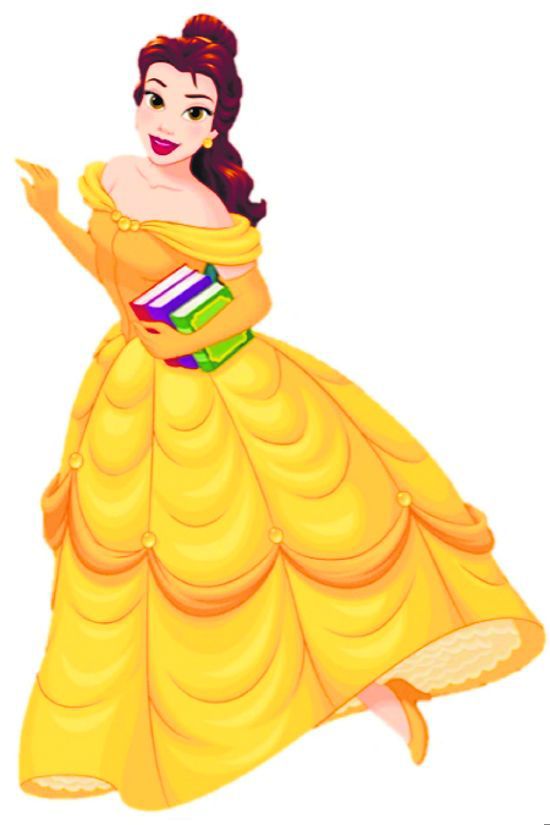Let the shoe fit you instead of you trying to fit it
While some stories may send a wrong message, it is upon the reader to interpret them & choose what they wish to learn from it, says Nyssa Gupta of Class XII
Fairy tales are something that almost everyone grew up on.
As children, they are stories that hold possibilities and magic. They tell us that with some hope, courage and kindness, you can achieve almost anything. In other cases, they also act as a warning lesson to teach us what not to do.
Take for instance, in the case of Little Red Riding Hood, we learnt about the dangers of talking to a stranger. These simple short stories instilled in us our very first understanding of what was right and wrong. However, most of these stories didn’t always leave a clear moral for a toddler.
For many children they were just stories about prince rescuing princesses and fairy godmothers waving her wand to make you the prettiest dress. For grownups, the world is not quite as black and white as it is seen in these stories. With their growing understanding of grey areas and subjective morality, a lot of these tales have come under critique for sending children the ‘wrong message’.
In a world where women and other oppressed groups of society are struggling for equality and freedom, these stories have started been perceived as a threat as it reflects their own insecurities about what the world expects of them.
While the original tales of Cinderella and Belle that date back centuries are in no way meant for children and actually convey quite harmful messages, the modern-day retellings can’t be faulted to their original versions.
In Cinderella’s case, the modern retelling could be viewed as how kindness and courage can go a long way. Cinderella had rescued herself first before being rescued by the prince by grabbing the opportunity to sneak away to have fun at the ball. The prince falling in love with her was just a bonus. After living a life being a subject of humiliation and servitude under her step-family, Cinderella sought to get away from her troubles for a night and in doing so found an escape in the form of a prince who would give her a life of luxury and respect. Talk about ambition and big dreams! So, was Cinderella a damsel-in-distress or just a girl who wanted more and didn’t let the opportunity of getting her freedom get away?
When it comes to Belle’s character in Beauty and the Beast, she is easily my favourite Disney Princess. The story is quite straightforward and tries to send the message to not judge a book by its cover; that beauty lies within oneself and coveys the dangers of vanity and ignorance.
In the children’s retelling, Belle’s character embodies an age-old struggle of women who want to reach beyond societal expectations of their roles to their potential. Belle is depicted as well-read, self-assured, confident, courageous and kind.
In many other tales, the story almost always follows with the princess being ‘rescued’ by the first man she encounters. Belle breaks the narrative when she rejects Gaston who is evidently a desirable bachelor in the village she lives. Furthermore, she is the one who rescues her father by exchanging her life for his in the Beast’s castle. Her smartness comes into play when she displays her self-preservation instincts by refusing to grace the Beast with her presence in the start. While Belle’s character follows the trope of ‘not like other girls’ in some more modern retellings or the stories inspired by it, the original character does not despite what some critiques might say. The original Belle is more of a product of being a woman with dreams in a patriarchal society rather than a girl with a misplaced sense of ego and being condescending to other women around her. This is to say that Belle’s character is one that breaks the archetype for many other fairytales, especially those that come under ‘Disney Princesses’.
In the end, almost all fairytales circling around Disney Princesses have a lot of scope of interpretation. To think of them as helpless and in need of men to save them is reducing them to the confines of patriarchy and internal misogyny. These women all have a thing in common- which is that they crave the freedom to do what they want and not be punished for it; an aspect that is relevant even now to all the repressed sections of the society. Therefore, fairytales have a lot to teach us if we view them in the correct way. These are definitely a great way to establish morals and values to kids to grow up on.
Remember that the shoe is made to fit your foot and not your foot that needs to fit the shoe; the story is to serve you as you please.
The writer is a student of Carmel Convent School, Chandigarh









